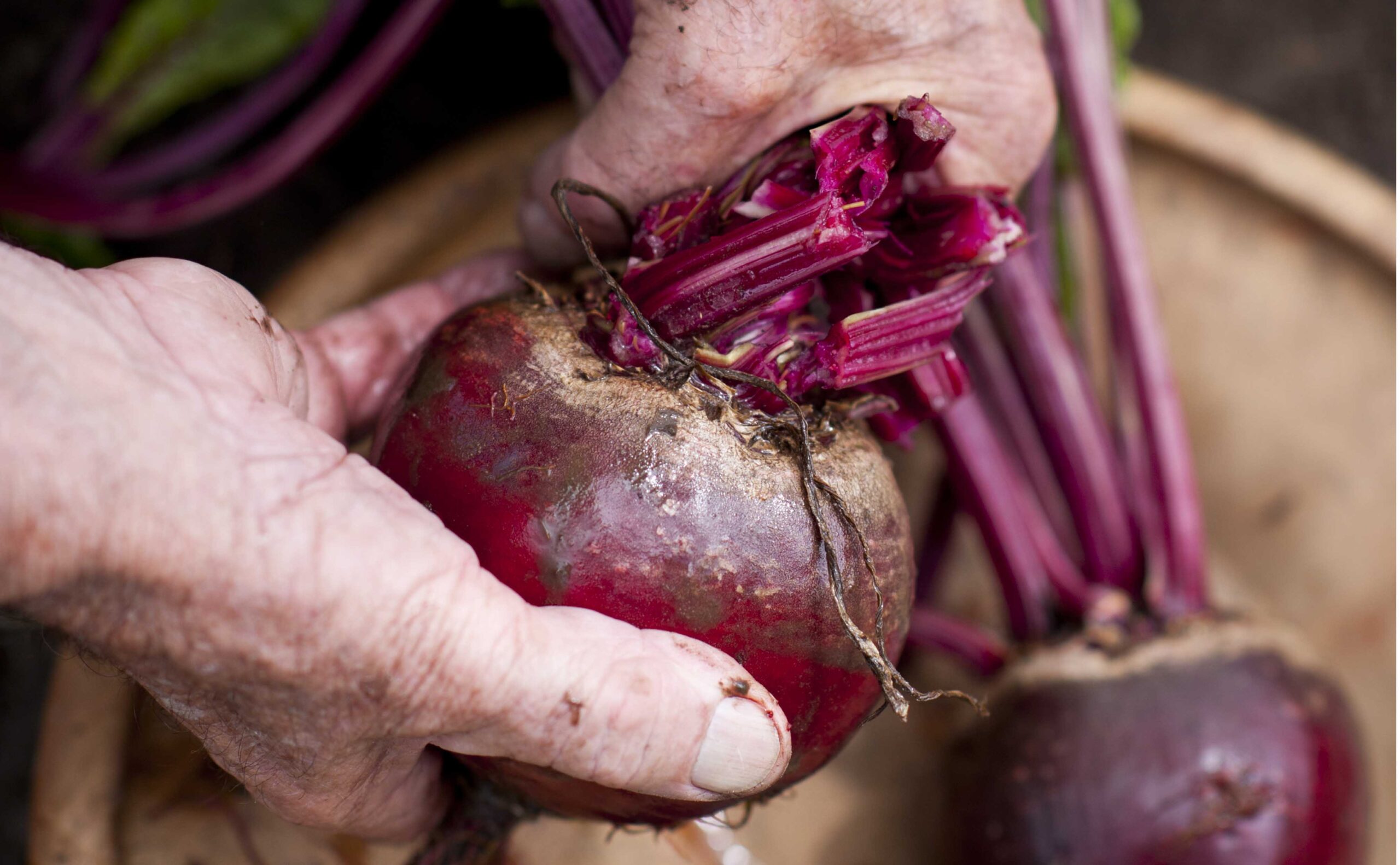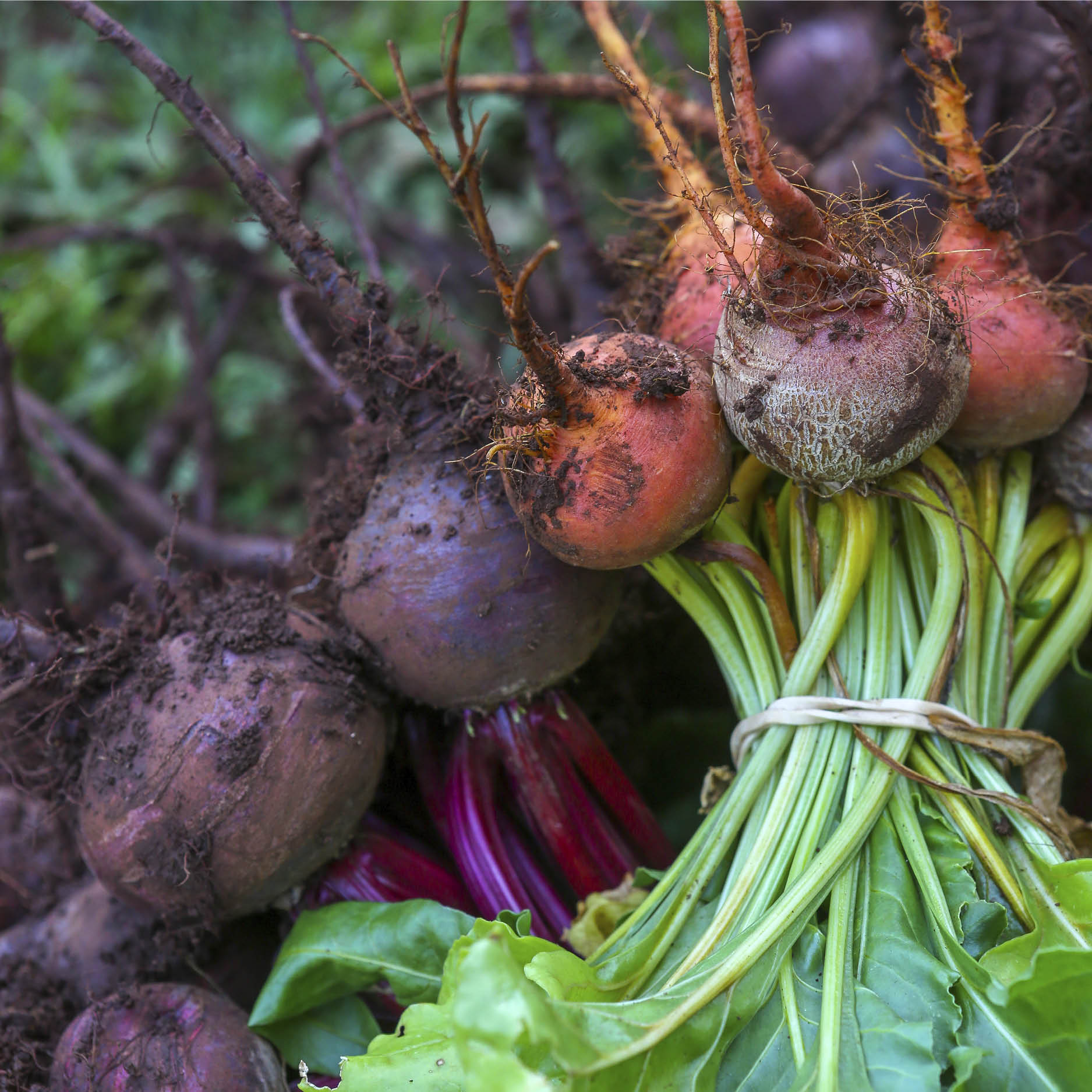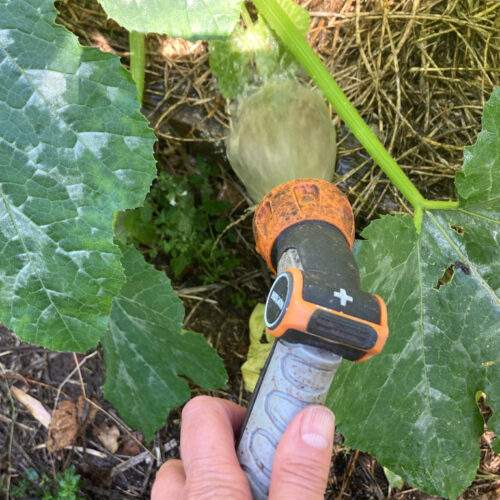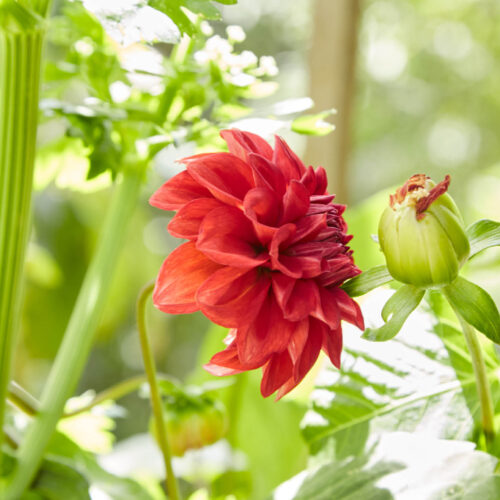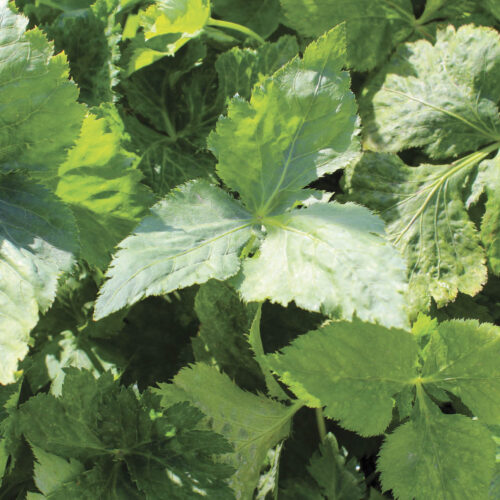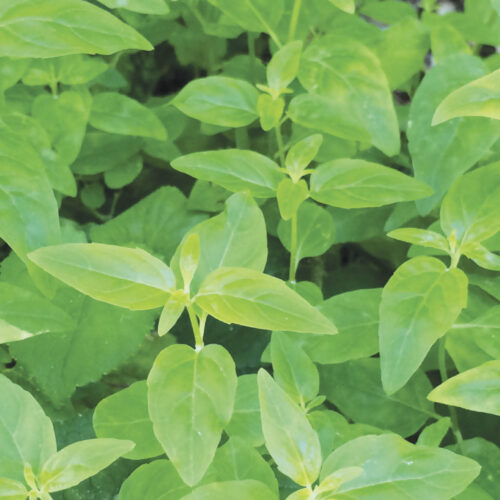How to grow beetroot
2019-08-05T06:27:24+10:00
Beetroot comes in a variety of colours and shapes: there is much more to this vegie than the standard red/purple types. You can also grow it yourself.
Eastern Europeans know a thing or two about beets. Unlike the ancient Greeks, who only ate the leaves and didn’t care much for the roots at all, and the Romans, who ate the tops and used the roots, but only for medicinal purposes, cooks from Ukraine to Poland and Russia know that the root itself can taste superb.
They developed recipes that used the root as the main ingredient in soup (borscht) and they found that a condiment of grated beetroot and horseradish (c´wikla) is a wonderful accompaniment to cold cuts of meat. Some of the finest beetroot varieties were developed in the region, and over time, the central and northern Europeans caught on, gradually preferring the plant’s root to its foliage.
Consider also that beetroot comes in a variety of colours and shapes – there is much more to this vegie than the standard red/purple types.
Like many vegetables, palatability can depend on choosing flavoursome varieties, grown in healthy soil with regular watering, and cooked in a way that retains their goodness and taste. Tick all those boxes with beetroot and it becomes among the most delicious, health-giving vegetables you can grow in your garden.
During World War II, pickled beetroot was an important staple in Britain and the tradition was brought to Australia. What’s a burger without a couple of slices of pickled beetroot! Of course, even in Australia we’ve come a long way from canned beetroot, with cooks now celebrating the sweet, earthy flavours (baked beetroot is superb).
Growing tips
There’s a myth that beetroot is a winter crop best grown in cold climates. In reality, beetroot grows well in all climate zones in Australia, including the tropics. The trick is to get your timing right. Up north the best time of the year to grow beets is during winter. Sow in early June and harvest in late August. In the subtropics, you can theoretically grow beetroot all year round, but the summer wet season can be difficult. Avoid it and grow during autumn, winter and spring. In arid, semi-arid and temperate areas, the best times are during the shoulder seasons – autumn and spring. While the plants are frost hardy and mature beetroot stores well in the ground during winter, the soil tends to be a bit cold in some areas for strong growth to occur. Conversely, summer in all but the coldest areas is a bit hot. In cool regions, plants do best sown in September/October and January/February.
Planting from seed
Speaking of seed, beetroot has a few quirks that are worth bearing in mind. One is that the seed is actually a compound or aggregate of two or three seeds that are joined together with a corky membrane. This means there is no need to over-sow like you might for carrots. Instead space seeds about 15cm apart. The other is that, like most root crops, beetroot grows best when sown directly into the garden rather than transplanted. It’s not as fussy as things like carrots and parsnips – transplants eventually get going in time and are rarely stunted – but fresh seed sown into the garden invariably gives better results.
Pests and diseases
The good news is that beetroot is almost completely immune to pest insects. Animals such as possums and rabbits might nibble a bit on the leaves, especially if they’re green, but they usually leave red-leaved varieties alone.
Fungal disease is more common. Beetroot is particularly prone to cercospora leaf spot. This appears on the leaves as small, brown blotches that gradually expand. A bad infestation causes foliage to die back and can seriously weaken the plant and reduce yields. Young, healthy, well- nourished plants tend to be resistant to cercospora (see note above about boron under ‘Soil and water needs’), and mulch helps prevent reinfection of the leaves from soil splash. If you feel the need to spray, apply organic approved copper hydroxide prior to a forecast spell of warm, wet weather.
Harvesting and storage
Harvest roots from when they are baby size (whole baby beets are superb) to when they’re big enough to fill a large man’s hand, but ensure that spring-grown bulbs are harvested before the arrival of hot weather, which can cause the plant to bolt and make the roots woody. If you have a glut on your hands, beetroot can be stored for a couple of months somewhere cool and dark. A fridge will be necessary in warm climates, but in colder areas, a traditional storage method is to pack the roots in damp sand. If this is too much bother, the roots can be pickled or fermented and stored in jars. Don’t overlook beet leaves. When picked small and tender they’re a delicious, colourful addition to salad.
This feature was originally published in our Early Spring 2019 issue (OG 111) but there’s heaps more available here. Happy gardening!

